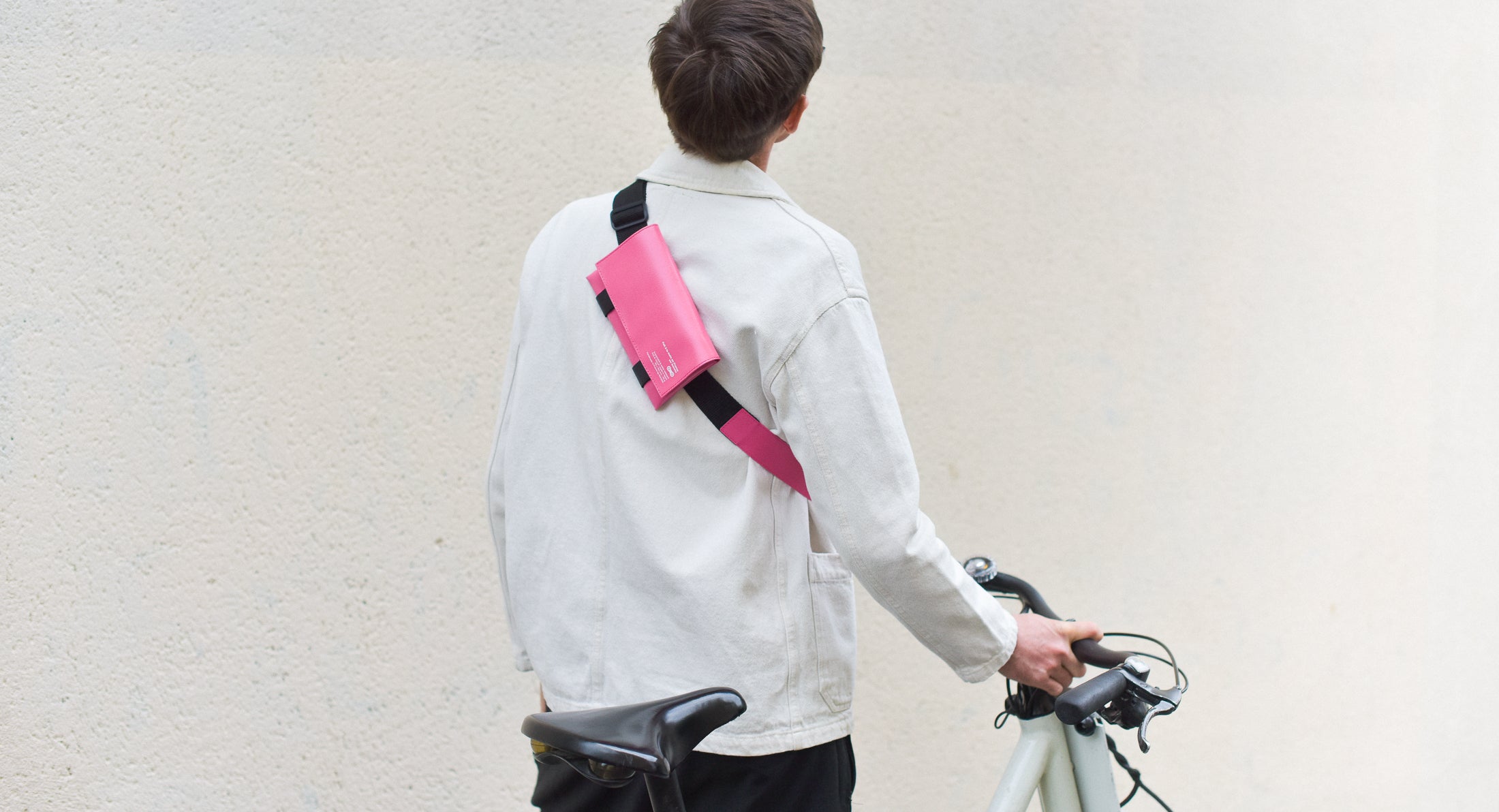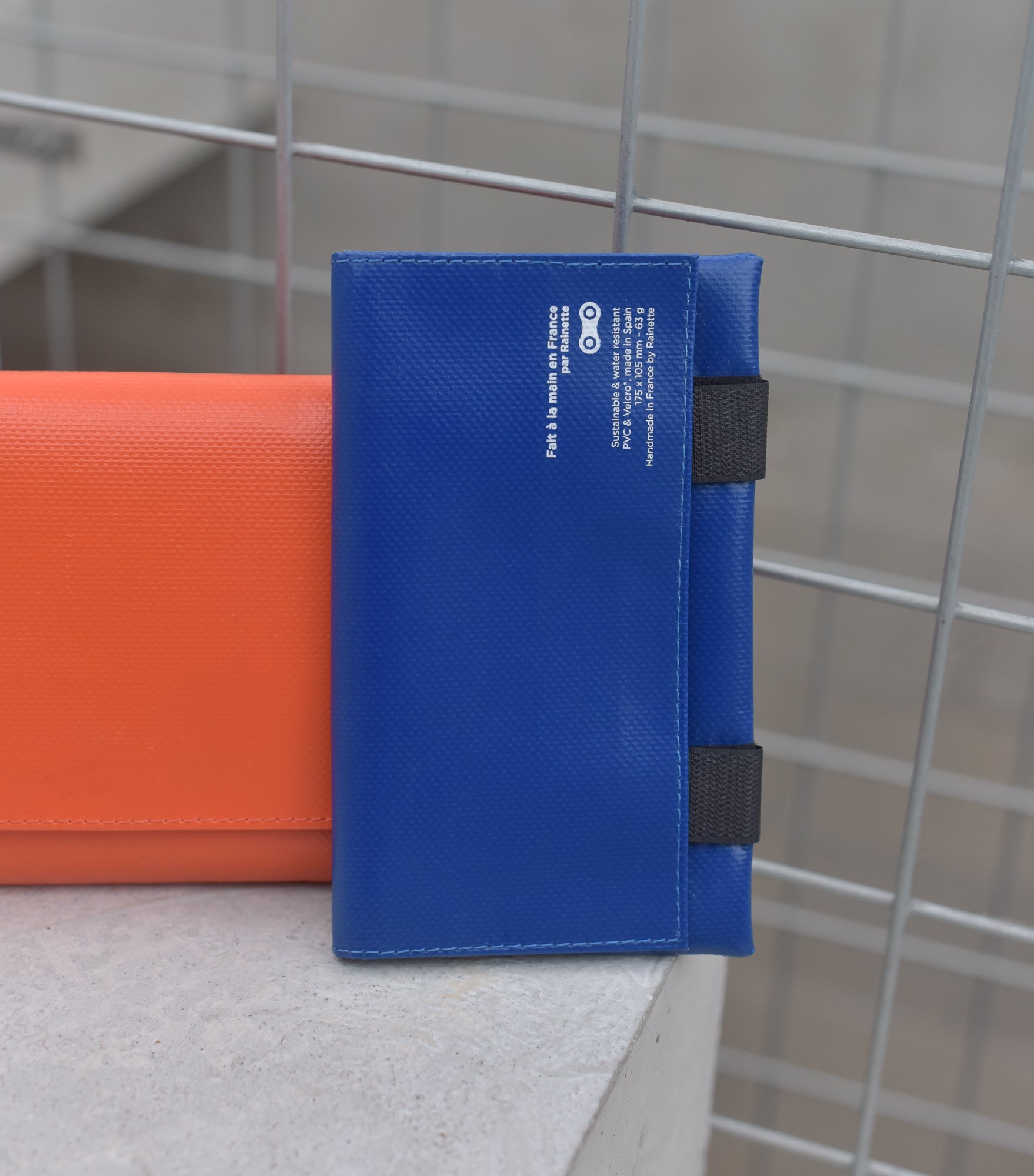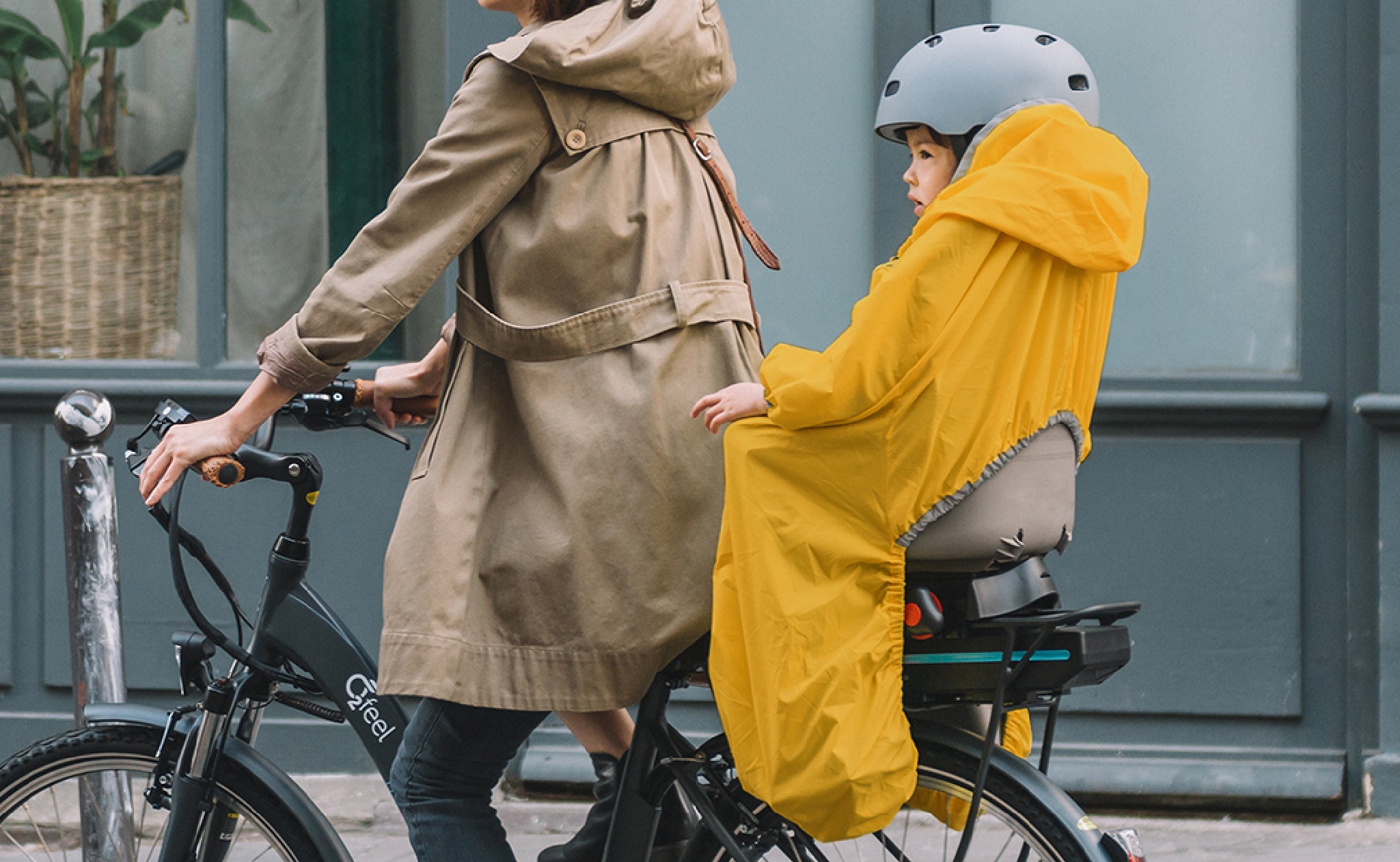Helmets are an essential part of children's cycling safety. Yet convincing youngsters to wear one is not always an easy task. Between debates on comfort, aesthetics or simply refusal of the obligation, parents can feel helpless.
So how do you transform this constraint into an accepted, even appreciated, habit? Here are a few strategies to implement, including personalizing the helmet to make it a fun, playful activity.
Why is a helmet essential?
Before trying to convince your child, it's essential to understand and explain why helmets are essential. In the event of a fall, the head is one of the most vulnerable parts of the body. Helmets considerably reduce the risk of serious or even fatal injury.
Explain to your child, in simple, age-appropriate words, that wearing a helmet is like wearing a seatbelt in the car: it's a precautionary measure that can save lives. To reinforce the message, you can share concrete examples or show educational videos that illustrate the importance of wearing a helmet.
Make wearing a helmet a habit from an early age
As with any habit, wearing a helmet is easier to adopt when it's introduced at an early age. If a child associates cycling with wearing a helmet from his or her very first outings, it will become a natural reflex. Here are a few tips to help:
Lead by example Setting an example: children tend to imitate their parents. If you always wear a helmet on your own bike rides, your child will be more inclined to do the same.
Use positive language Present the helmet as something cool and necessary, rather than a constraint. For example, say, "Great, let's put on our helmets and go on an adventure!"
Associate the helmet with fun activities: if the helmet is worn during pleasant outings or activities that the child loves, it will be perceived as an object associated with pleasure.
Involving the child in helmet selection
A helmet imposed without consultation is likely to arouse reluctance. On the other hand, letting your child choose his or her own helmet can turn the experience into an exciting one. When buying, take your child with you and suggest several models suited to his or her age and size.
Selection criteria :
Comfort Make sure your helmet fits snugly and comfortably. A helmet that's too tight or badly positioned will be quickly rejected and lose its effectiveness.
Aesthetics Aesthetics: children often appreciate helmets with bright colors or designs inspired by their favorite characters.
Features Features: some helmets feature LED lights or other gadgets that can make them more attractive and improve visibility.

Personalizing and decorating helmets: a fun activity
If the helmet you've chosen lacks character in your child's eyes, why not personalize it together? Transforming the helmet into a unique work of art can not only make it more attractive, but also create a bonding moment between you and your child.
Customization ideas
Stickers Add waterproof stickers and let your child decorate his helmet to his heart's content. Include themes that interest them (animals, superheroes, stars, etc.).
It's also possible to add reflective stickers which, in addition to providing a unique aesthetic touch, will improve your child's visibility to other road users. The aim is twofold: the helmet is more attractive and safety is enhanced.
Paint Use acrylic paint to create unique designs. Make sure the paint is dried and sealed with a varnish to ensure durability.
Removable accessories Add items such as animal ears, antennae or badges. These accessories can be removed or changed according to the child's preferences.
This playful activity can be an opportunity to discuss the importance of safety while having fun. The child will be proud to wear a creation in which he or she has participated.
Introduce a reward or positive reinforcement system
A reward system can be an effective way of encouraging helmet use. For example, you could set up a chart where every bike ride with a helmet is marked with a star or sticker. Once a certain number of points have been accumulated, the child can receive a small reward, such as a toy, a special outing or a new gadget for his or her bike.
Make sure that reinforcement remains positive and does not become a source of pressure. The aim is to motivate the child without it being perceived as a burdensome obligation.
Call on inspiring role models
Children are often influenced by their peers or idols. If their friends or family members wear helmets, they'll be more inclined to do the same. You can also use public figures or famous athletes who value helmet-wearing, such as professional cyclists or BMX stars.
Organizing group outings with other children in which everyone wears a helmet can also create a positive training effect. Your child will feel included in a collective and rewarding experience.
Overcoming common objections
"It's uncomfortable!"
One of the most common objections among children is the helmet's lack of comfort. To solve this problem :
Check fit Make sure the helmet fits your child's head properly. An ill-fitting helmet can exert excessive pressure or slip constantly, making for an unpleasant experience.
Choose padded models Some helmets feature soft, padded linings for added comfort. Show your child that you care by choosing the best possible model.
Adjustment time If the helmet is new, encourage your child to wear it at home for short periods to get used to it before a real bike outing.
"That's not cool!"
If your child perceives helmets as old-fashioned or unattractive, show them examples that prove otherwise. You can :
-
Highlighting stylish or customized helmets.
-
Tell stories about heroes who wear helmets when they ride their bikes.
-
Showing the exploits of sportsmen and women wearing helmets.
"It's no use!"
To counter this type of argument, calmly explain the risks and benefits, without over-dramatizing. For example:
-
Show age-appropriate statistics on how helmets reduce injuries.
-
Give simple demonstrations, such as dropping an egg protected by a miniature helmet made from cardboard and cotton, compared with an unprotected egg.
Turning resistance into collaboration
Instead of opposing your child, try to turn his objections into an opportunity for collaboration. Ask questions like:
-
"What would you like to add to your helmet to make it more appealing to you?"
-
"What if we found solutions together to make it more comfortable?"
By including your child in the process, he or she will feel listened to and more involved in the decision.
Perseverance and consistency
Establishing a new habit takes time and patience. It's important to remain consistent in your expectations and actions. If you give in to protests once, it will be harder to maintain the rule in the long term. Be firm but benevolent, and regularly remind your child that this habit is there for his safety and well-being.

Getting your child to wear a helmet can sometimes seem like a battle, but with an adapted, playful and positive approach, you can turn this constraint into a pleasant moment. By involving your child in the choice and personalization of his or her helmet, by rewarding the wearing of a helmet with rewards or inspiring examples, and by responding to objections with empathy, you can establish a habit that will become natural.
Remember: a helmet is much more than just an accessory; it's a guarantee of safety that can make all the difference. With a little creativity and a lot of love, you can protect your child while strengthening your bond.





